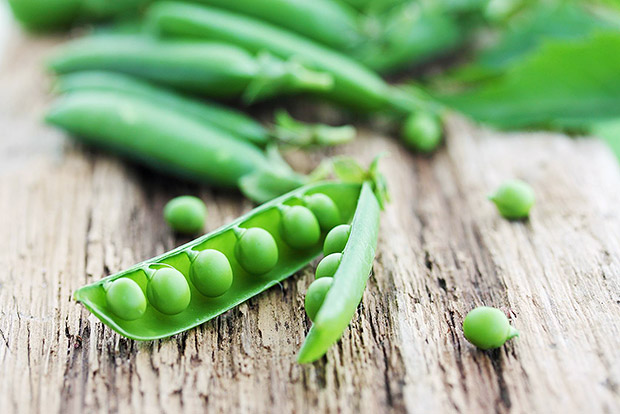
From improving heart health and digestion to promoting fullness, fiber is well known for its health benefits. Dietary fiber is classified as soluble and insoluble, but as researchers continue to take a closer look at why fiber keeps us healthy, we are learning that there may be more to the role than its solubility.
The viscosity of fiber (thickness as it moves through the small and large intestines) and how a fiber ferments also play a role when carbohydrates are digested. Resistant starch is a low-viscous type of dietary fiber found in carbohydrate-rich foods. As the name suggests, it resists digestion in the small intestines and ferments in the large intestines. As it ferments, it promotes beneficial gut bacteria.
What are the benefits of resistant starch?
Some studies have shown that resistant starch may help weight loss because it can increase fullness, which leads to reduced food intake. Evidence also shows that resistant starch reduces insulin resistance and improves blood glucose control.
What foods contain resistant starch?
Resistant starch comes in several forms. Some cannot be digested, such as parts of grains, seeds, and legumes. Others resist digestion, like the starch in legumes and under-ripe bananas. In other foods, resistant starch forms after the food has been cooked and cooled, such as potatoes, rice, and pasta.
How much do I need to eat?
There is no current recommendation for the intake of resistant starch, but research shows it may be a beneficial part of a balanced eating plan. Incorporate foods that contain resistant starch as you aim to get the recommended amount of 25 to 30 grams of total fiber per day. Legumes, like beans and peas, and healthier versions of potato salad and pasta salad provide easy ways to eat more.



 3 Healthy Lunches for Your Work Week
3 Healthy Lunches for Your Work Week
 5 Tips for Stretching Your Budget for Healthy Food
5 Tips for Stretching Your Budget for Healthy Food
 Best Ways to Reduce Added Sugar
Best Ways to Reduce Added Sugar
 Healthy Tips to Lighten Up Picnic Foods
Healthy Tips to Lighten Up Picnic Foods
 Do You Need to Drink Milk?
Do You Need to Drink Milk?
 Tips to Keep Track of Water Intake
Tips to Keep Track of Water Intake
 What Is a Paleo Diet?
What Is a Paleo Diet?
 Build a Healthy Salad
Build a Healthy Salad

 Pinterest
Pinterest RSS Feed
RSS Feed